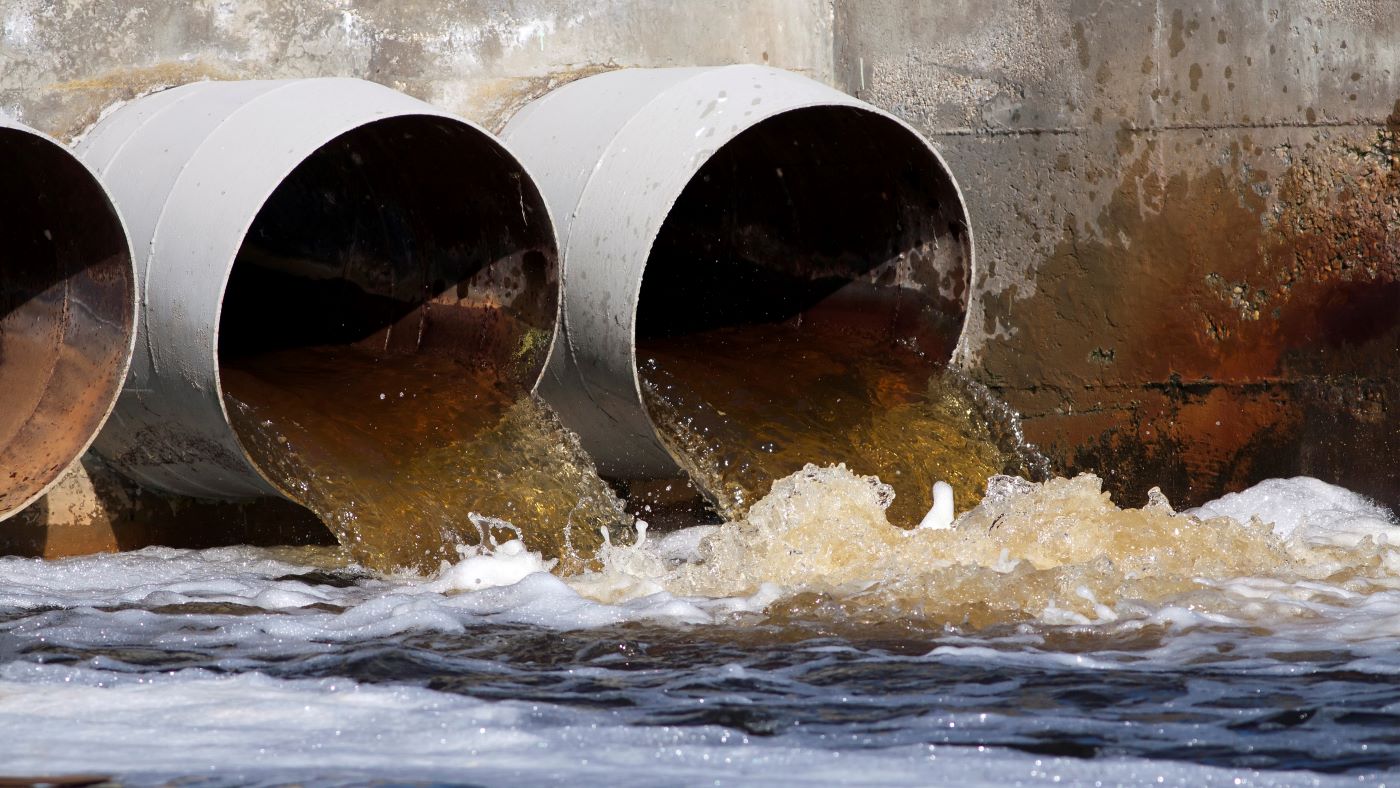Strategic Approaches to Enhance Waste Water Treatment Performance and Decrease Environmental Impact
In the realm of waste water treatment, the quest for enhanced efficiency and reduced ecological impact is a perpetual difficulty that requires strategic remedies. As society faces the crucial to manage water sources sustainably, a nuanced approach becomes vital. The combination of innovative therapy innovations, energy-efficient processes, source recovery techniques, boosted nutrient removal techniques, and clever surveillance and control systems stands for a complex structure for addressing these pressing issues. However, what lies at the core of this complicated web of approaches is the potential to change the way we come close to waste water therapy, not equally as a process of disposal, yet as a useful chance for technology and ecological stewardship.
Advanced Treatment Technologies
Innovative membrane filtration systems have revolutionized advanced wastewater therapy procedures, significantly enhancing the removal of impurities. This innovation has actually verified to be extremely effective in removing a vast variety of pollutants, including pharmaceuticals, hefty steels, and organic compounds, which are often challenging to get rid of through traditional therapy methods.
Moreover, membrane layer purification systems supply countless advantages over conventional treatment techniques. They require much less space, create higher-quality effluent, and are extra resistant to fluctuations in influent water top quality. Furthermore, these systems are very functional and can be quickly integrated into existing treatment plants or made use of as standalone systems for decentralized applications. As the need for tidy water proceeds to climb, the adoption of advanced membrane layer filtration technologies is vital to guarantee reliable and sustainable wastewater therapy techniques.
Energy-Efficient Processes
The integration of energy-efficient procedures in wastewater therapy systems is essential for optimizing source application and lowering functional prices. One essential method to improving energy effectiveness in wastewater treatment is the use of innovative aeration systems, such as fine bubble diffusers or surface aerators, which can enhance oxygen transfer performance and decrease power intake.
Furthermore, maximizing process control and automation via making use of sophisticated sensing units and keeping an eye on systems can enhance overall energy efficiency by changing operations in real-time based upon real need and conditions. Implementing energy audits and on a regular basis keeping an eye on energy efficiency indicators are crucial practices to determine locations for renovation and track energy-saving initiatives successfully. Generally, the fostering of energy-efficient procedures in wastewater therapy not only profits the setting yet also adds to long-lasting price savings and operational sustainability.
Source Recuperation Approaches
With an emphasis on maximizing source application and sustainability in wastewater therapy systems, the application of resource recuperation approaches arises as a pivotal facet in improving operational efficiency. Resource recovery approaches in wastewater therapy entail the identification and removal of valuable sources from the waste stream, thereby transforming what was when thought about waste right into a useful possession. By executing source recuperation strategies such as nutrient elimination and recuperation, power generation from organic matter, and the manufacturing of recyclable read more water, wastewater therapy plants can decrease ecological impact while optimizing effectiveness.

Boosted Nutrient Elimination Methods
Implementing innovative nutrient elimination strategies is necessary for maximizing the effectiveness of wastewater therapy systems. Boosted nutrient removal plays a crucial role in lessening the environmental effect of cured effluent released right into water bodies. One of the key strategies used for boosted nutrient removal is the procedure of biological nutrient removal (BNR), which includes the removal of nitrogen and phosphorus through biological procedures. This can be accomplished via using specialized bacteria that can transform nitrogen compounds into inert nitrogen gas through denitrification, and accumulate phosphorus within their cells with a procedure called improved biological phosphorus removal (EBPR)

Along with BNR, advanced therapy approaches such as membrane bioreactors (MBRs) and constructed marshes can likewise be utilized to improve nutrient removal performance. MBRs use membranes to accomplish top quality effluent requirements by successfully eliminating nutrients and suspended solids. Constructed marshes resemble natural marsh procedures to remove nutrients with plant uptake, microbial activity, and sedimentation. By useful content incorporating these advanced nutrient elimination techniques into wastewater therapy towns, markets and systems can effectively decrease nutrient contamination and shield the environment.
Smart Monitoring and Control Systems
Making use of innovative innovation, the combination of wise surveillance and control systems transforms the operational effectiveness of wastewater therapy facilities. These systems integrate innovative sensing units and data analytics to continuously keep track of vital parameters such as pH levels, turbidity, liquified oxygen, and flow prices in real-time. By collecting and examining this data, drivers can gain beneficial insights right into the efficiency of the therapy processes, enabling aggressive modifications to maximize therapy efficiency.
Smart surveillance and control systems likewise sustain remote tracking abilities, permitting drivers to accessibility real-time information and control functions from off-site places. This remote accessibility enhances functional flexibility and responsiveness, allowing swift treatments in instance of system breakdowns or changes in influent high quality. Additionally, the predictive maintenance capabilities of these systems help stop tools failures and reduce downtime, ultimately enhancing the overall dependability of wastewater treatment procedures (Waste Water Treatment).
Conclusion
To conclude, strategic strategies such as advanced therapy technologies, energy-efficient processes, source recovery methods, boosted nutrient elimination techniques, and clever surveillance and control systems play a vital role in enhancing wastewater treatment efficiency and decreasing ecological impact. By executing these strategies, wastewater treatment plants can enhance their total performance, lower energy consumption, recoup important sources, and ensure compliance with ecological laws. These methods are essential for lasting and effective wastewater monitoring methods.

In conclusion, strategic methods such as advanced therapy technologies, energy-efficient processes, source recuperation strategies, enhanced nutrient elimination strategies, and wise tracking and control systems play a crucial function in improving wastewater therapy effectiveness and lessening ecological influence.